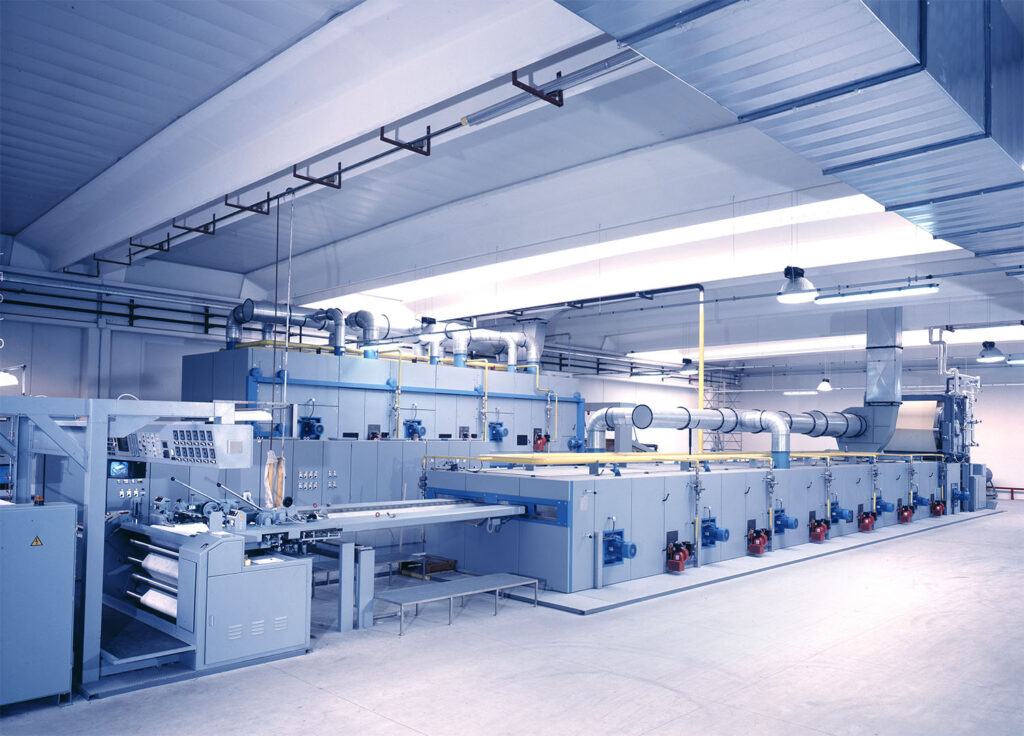Are you following the proper safety precautions when working in a Laboratory? LAN was recently featured in the Professional Safety: Journal of the American Society of Safety Engineers publication, stressing the importance of lab safety. LAN Vice President, Steven Ramiza, highlights regulations and challenges in the lab workplace including safety precautions and the constantly changing environments.
Challenges in Laboratory & R&D Environments
The dynamic nature of the lab/R&D work space equates to a constant stream of new materials, new processes and new equipment, all of which may introduce new hazards. New chemicals, process or pieces of equipment may require updated permits or introduce new PPE requirements including regulatory reporting, OSHA requirements, proper training, and more.
Inventory Management
In an R&D environment, inventory is constantly changing which causes variability in the types and quantities of materials being used. SDS and chemical inventories must be maintained by OSH managers for all chemicals on site, as well as archived SDS for chemicals no longer in use, for at least 30 years.
Regulatory Reporting
OSH managers must have a good understanding of the chemicals and quantities of chemicals used on site to facilitate required reporting, effective inventory and SDS managements systems.
Hazard Assessment
There must be a hazard assessment performed for any new chemical that is brought on site or new process that is added. By doing this, OSH managers are able to evaluate hazards associated with the change, determine controls, and review potential interactions between the new chemical/process and nearby operations.
Lack of Information
R&D facilities often develop new materials or work with raw materials that provide little safety and health information. For some materials, no standard operating procedures, occupational exposure information or SDS may be available.
Laboratory Safety
OSH managers in R&D facilities are used to dealing with small quantities of many different chemicals and highly trained individuals who may not recognize the hazards that may come from specific chemicals since they are experienced in working with them. OSH professionals must consider the potential interactions between different laboratory chemicals.
Chemicals of Special Concern
When working with chemicals of special concern, there are often additional precautions that are required, including allergens, carcinogens, controlled substances, and more.
Laboratory Waste
Before beginning any lab activity, establish a waste management plan. A lab typically has several different waste streams and profiles because of the variety of chemicals that are used in R&D facilities.
Laboratory Controls
Key lab controls include inspecting and maintaining the following:
- Lab Hoods should have proper ventilation, and be regularly inspected and maintained.
- Eyewashes & Safety Showers should be checked weekly and inspected annually. All inspections should be documented.
- A PPE inventory should be maintained. In addition, Spill Kits should be checked regularly and refilled or replaced as necessary.
Policies for Nonlaboratory Workers
There must be a clear policy for nonlaboratory workers who enter the lab of each R&D facility, as they may not understand the importance of lab safety procedures. Additionally, maintenance staff, who enter radiation and biosafety laboratories, must have the appropriate training.
Strategies for Keeping Up
Because of the ever-changing environment in an R&D facility, things may slip through the cracks if no systems are in place to keep safety top of mind. OSH managers can employ several strategies in this regard. These include:
- Maintain a good working relationship with other employees.
- Establish a safety committee with representatives from different groups.
- Ensure that management understand the importance of OSH and supports related efforts.
- Implement an effective inventory control and SDS management system.
- Know when to consult subject matter experts.
- Conduct a formal safety review when major changes or capital expenditures occur.
- Establish a system that automatically notifies OSH personnel when certain chemicals are ordered or bulk orders are placed.
To learn more about LAN’s regulatory compliance service, click here.


